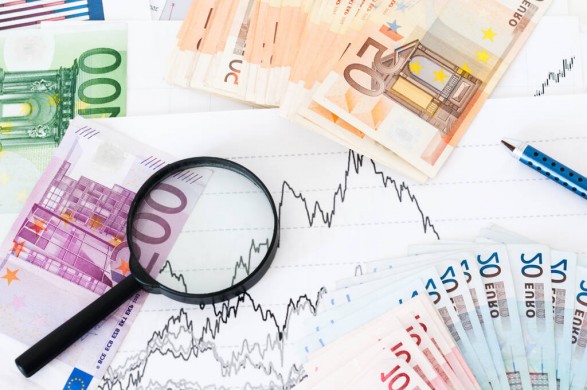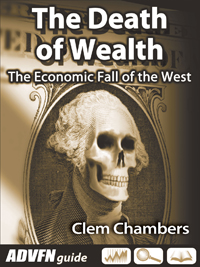Global markets may be heading toward a painful reckoning, according to billionaire investor and Bridgewater Associates founder Ray Dalio. In a recent analysis titled “The Big Dangers of Big Bubbles with Big Wealth Gaps,” Dalio cautions that the world is now experiencing the same financial imbalances that have historically preceded major market crashes.

A Market Built on Fragile Foundations
Dalio argues that today’s asset prices are no longer anchored by real economic strength but are instead inflated by easy credit and speculative momentum. When financial assets balloon far beyond the actual money supporting them, markets become extremely vulnerable.
He explains that bubbles typically burst when liquidity dries up and investors are forced to convert paper wealth into cash. This can happen when debt obligations rise, when credit tightens, or when investors simply need money for other purposes. Once selling begins, it often triggers a rapid downward spiral.
The Wealth Gap Factor: Why This Bubble Is More Dangerous
Beyond market mechanics, Dalio highlights a deeper social and economic risk: ballooning wealth inequality. As the gap between the rich and the poor widens, political pressure intensifies. Historically, this combination—overvalued markets plus social tension—has created fertile ground for financial upheaval, policy upheaval, and even shifts in government priorities.
Dalio notes that when bubbles burst during times of inequality, the fallout tends to be far more disruptive. Debt burdens grow, deficits rise, and governments often resort to aggressive interventions such as money printing or restructuring.

Source: create.vista.com
Governments Turning Toward Wealth as Revenue
Adding to the risk is the increasing fiscal strain many governments are facing. Large deficits and limited borrowing room could push policymakers to target wealth for additional tax revenue. While politically appealing in times of inequality, such measures come with financial consequences.
According to Dalio, taxing wealth during a bubble forces asset holders to sell portions of their portfolios to meet tax obligations. That wave of selling could be enough to trigger or accelerate a market downturn—especially in an environment already stretched thin by credit-driven valuations and concentrated ownership.
What Investors Can Learn from Dalio’s Warning
Dalio suggests that investors should prepare for scenarios where monetary tightening, political responses to inequality, and widespread selling converge into a single destabilizing event. He points out that during past periods of severe financial stress, assets such as gold and bitcoin have historically held their value better than traditional financial instruments tied to fiat systems.
Final Thought
While no one can predict exactly when a bubble will burst, Dalio’s message is clear: today’s markets are displaying all the hallmarks of late-cycle excess. Rising wealth gaps, fragile liquidity, and fiscal pressure form a mix that investors cannot afford to ignore. Staying informed, diversified, and prepared may be the best defense against what could become another defining moment in global financial history.
Learn from market wizards: Books to take your trading to the next level


 Hot Features
Hot Features












